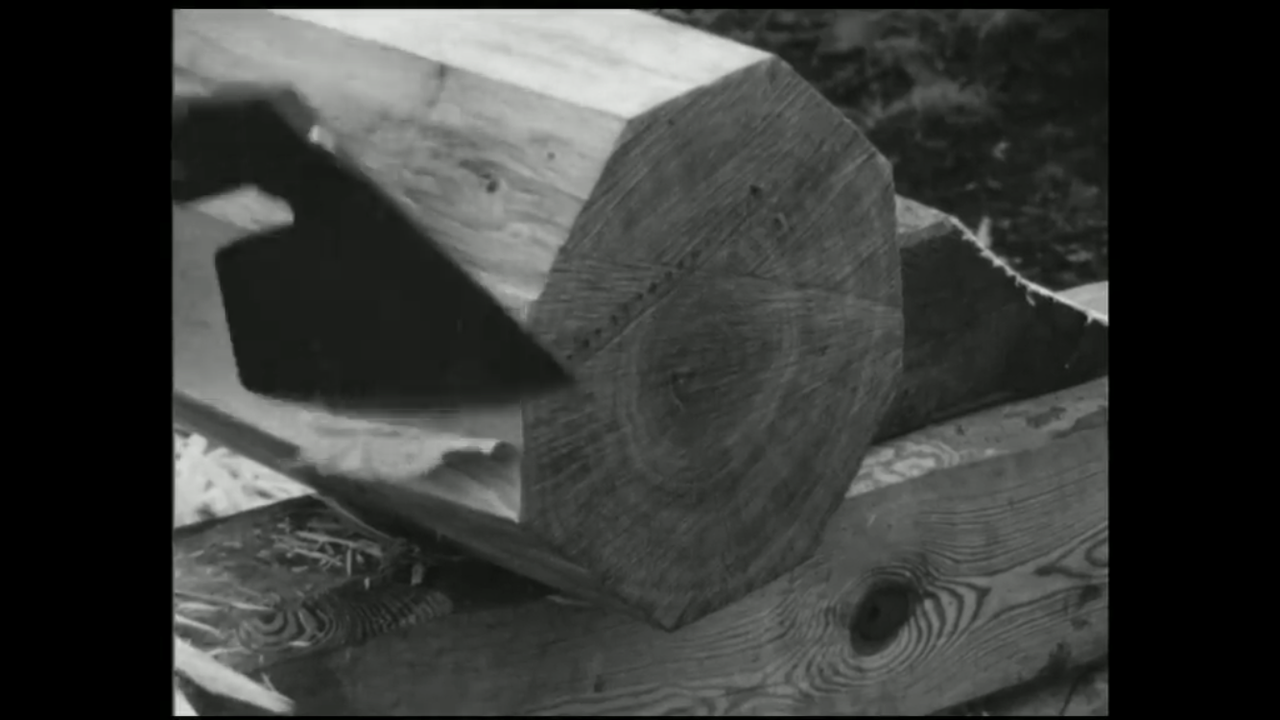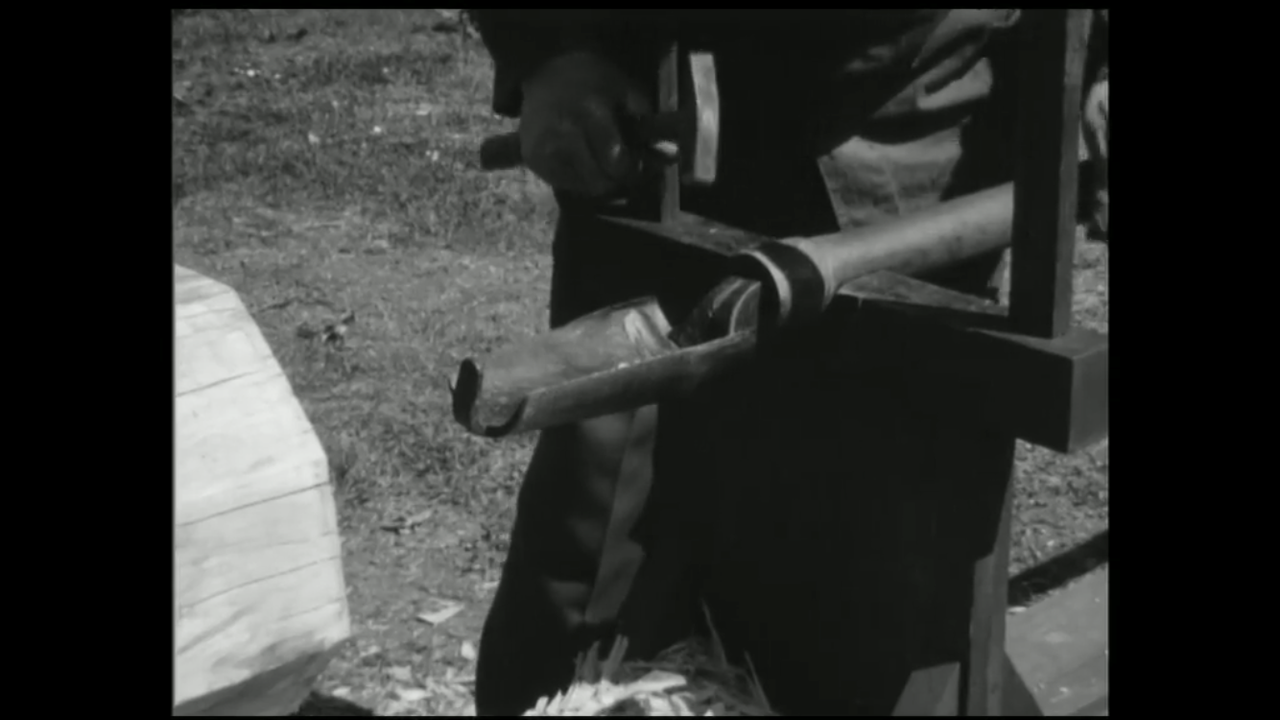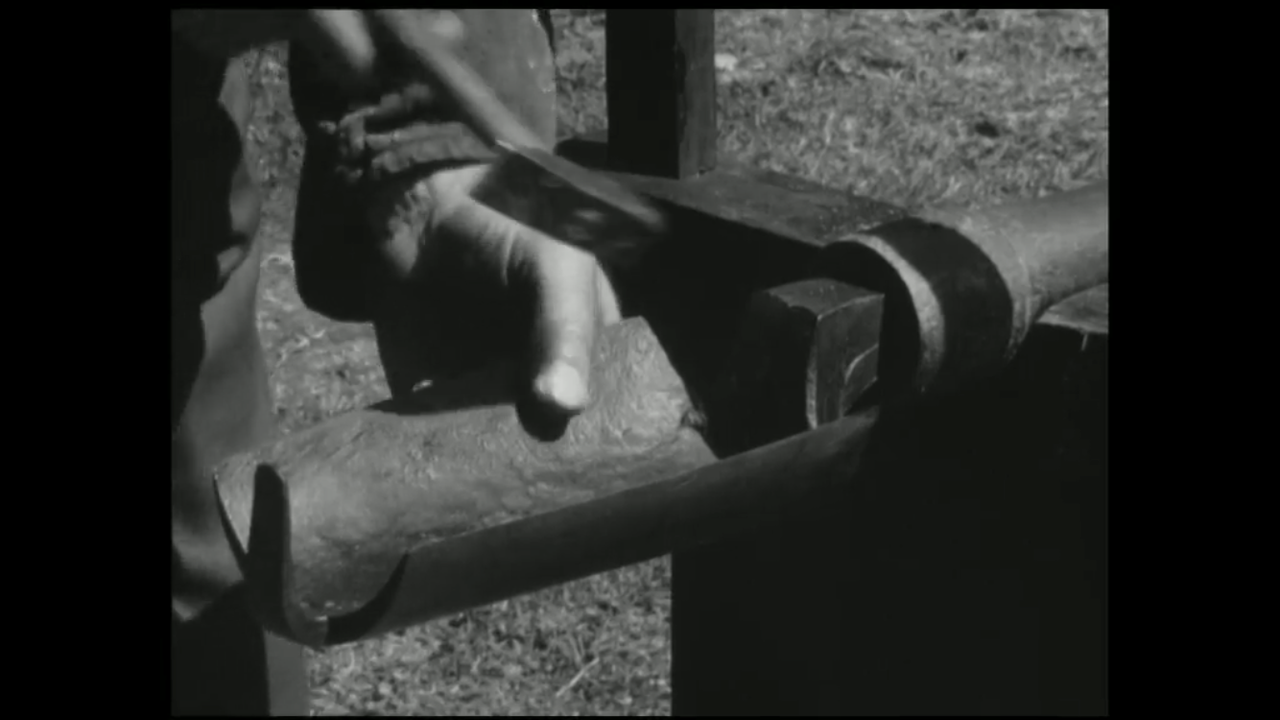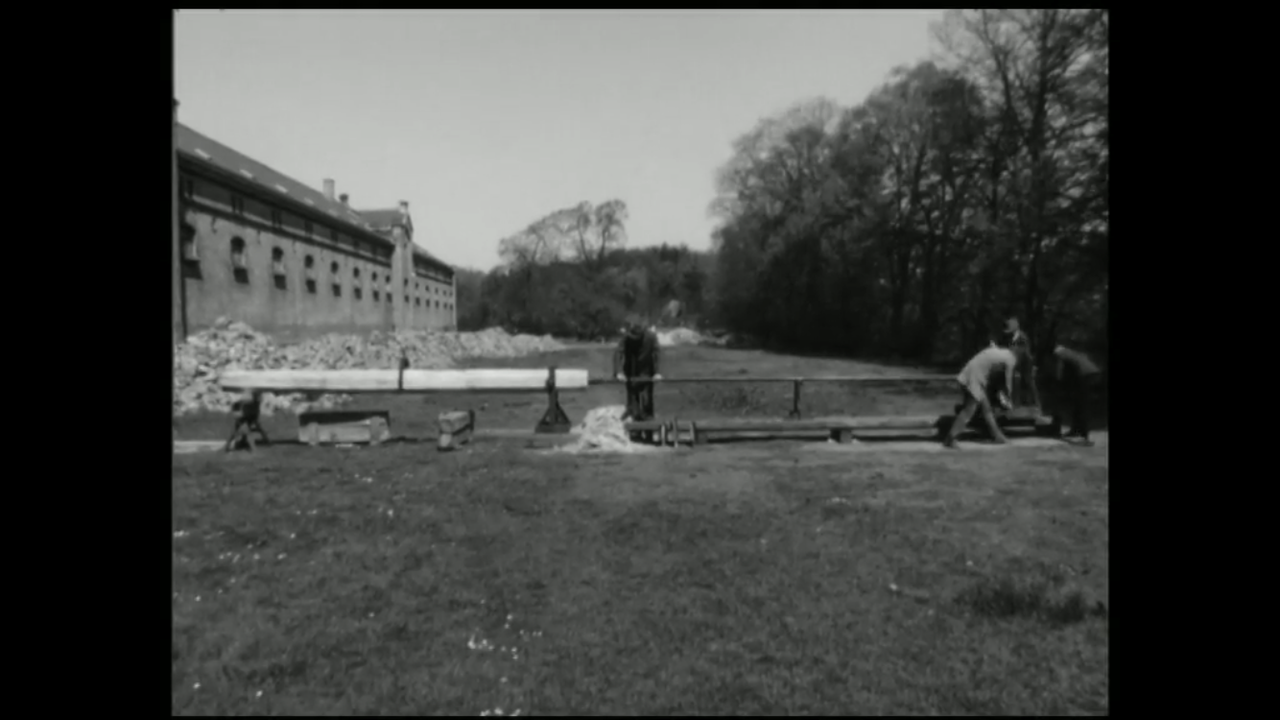- Joined
- Jan 10, 2015
- Messages
- 1,132
Thanks Square_peg and Agent_H for reviving this post. I hope it gets more interest up for Broadaxes and Hewing.
The BladeForums.com 2024 Traditional Knife is ready to order! See this thread for details:
https://www.bladeforums.com/threads/bladeforums-2024-traditional-knife.2003187/
Price is $300 $250 ea (shipped within CONUS). If you live outside the US, I will contact you after your order for extra shipping charges.
Order here: https://www.bladeforums.com/help/2024-traditional/ - Order as many as you like, we have plenty.
Thanks for posting that video. After watching I went to the MSU digital archives. Looks like tons of interesting stuff there! Found this from the 1920s:I think so.
Some more I came across. Modern but pretty good I think.
Some more I came across. Modern but pretty good I think.
I find the construction technology very interesting. Lots of axe work and a better understanding of that axe design.This Finnish video is one I watch a lot. I like to think it's how things would have looked in my part of North America.
Do you know what the construction is all about? What the buildings for?Timmerman in action - good stuff.
Do you know what the construction is all about? What the buildings for?
There has been some recent interest in hewing. I thought I would bring this forward again for anybody who is interested in how American hewers did it traditionally ( some still do hew this way!)
10.3203/IWF/D-1875
This one is good for showing the almost complete process up through the squaring off.




"Boring of an oak-trunk to be used as a pump. A high oaktree is felled, cut to length, loaded on a wagon by means of a lever-chest and taken to the cartwrights-yard. The 5 m long trunk is trimmed octogonal with axe and broad-axe and then bored lengthwise by a handdriven boringdevice (machine), which runs forth and back on a guideway. Boring starts from one end to about half the length of the trunk, then from the other end, until both boreholes meet. Finally the upper two metres of the trunk are rebored for the pumppiston."I don't speak German. Why were they boring a hole in it?
There was a sizable steam powered mill set up on this farm back in the 30's, just before my grandfather bought the property. The owner must have operated by the same adage, "The harder I saw, the harder I can saw". The boiler exploded in 1936, and killed 4 of the 5 guys who were working there.This was a demonstration video to show what, in America, was called a pump auger in use. I first noticed the modern hard hats (looked like a "tin hat" as we called the aluminium ones) with face shield, then the younger guys clothes and hair cuts, and in the credits it was made 1980. It is important to document these kind of things by getting older people who knew how. The pump augers were used to make wood water pumps and wood water pipe (what it looks like they were making) I liked their log jack used in the woods scene. There is nothing wrong with demonstration videos (with people who actually know what they are doing unlike a LOT of internet videos by bone heads), but, I prefer vintage videos of actual on going work.
In the early 1960's I was logging a tract of oak/hickory in West Virginia. I ran into an old boy, Gus, who had a steam powered saw mill way back in the mountains. He only used the sawdust, bark, and slabs to power the mill. Gus told me "The harder I saw, the harder I can saw" He also had a pump auger set up at the mill that was left over from early days when his father ran the mill. We enjoyed each others company and he wanted me to buy the mill and keep it going as nobody else was interested. I was very interested, but it never happened. Uncle Sam had other ideas for me.
